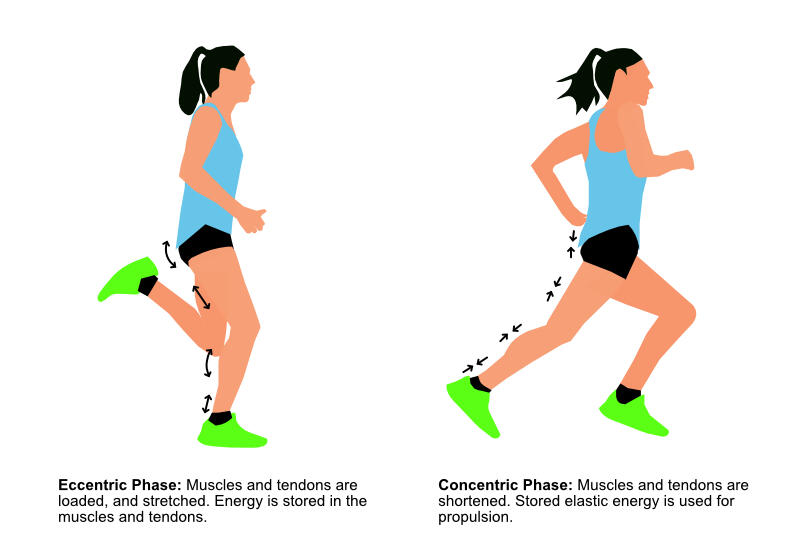
Why SHOULD athletes continue to strength train while in-season?
October 2024
It is a common belief that athletes should not train in the weight room during their season because of a fear that it will cause fatigue and hurt their performance. But is this really true?
Sports generally require some combination of strength, power, agility, acceleration/deceleration, endurance, and speed. In the coaching business, there is something called the Principle of Reversibility - basically, the old saying, "use it or lose it." If athletes do not train these performance markers to at least maintain their progress from off-season and pre-season training, as the season progresses, they may lose strength, power, speed- you get the idea. Keeping these performance markers optimal for the demand of the sport while managing fatigue will be crucial throughout the season, especially as playoff time rolls around.
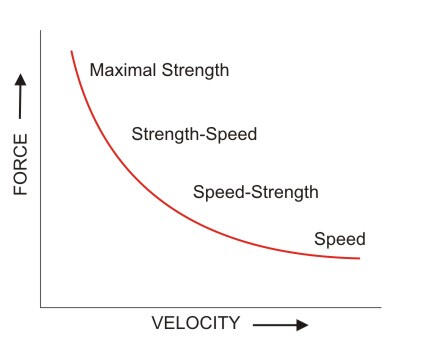
An equation that is crucial for athletes is:Power = Strength • SpeedDuring practice, athletes work on the speed side of the equation; but, without strength training in the gym, the strength aspect of the equation is not addressed. If strength drops, the overall power production of the athlete decreases, ultimately weakening performance when we want it to be at its peak. But, there is great news!If athletes strength train 1-2 x / while in-season, the strength side of the power equation increases, leading to more powerful athletes and a heightened level of performance for the entire season.
Take a look at these three studies we summarized for you showing the various benefits of training your athletes in the gym while they are in their sport season.
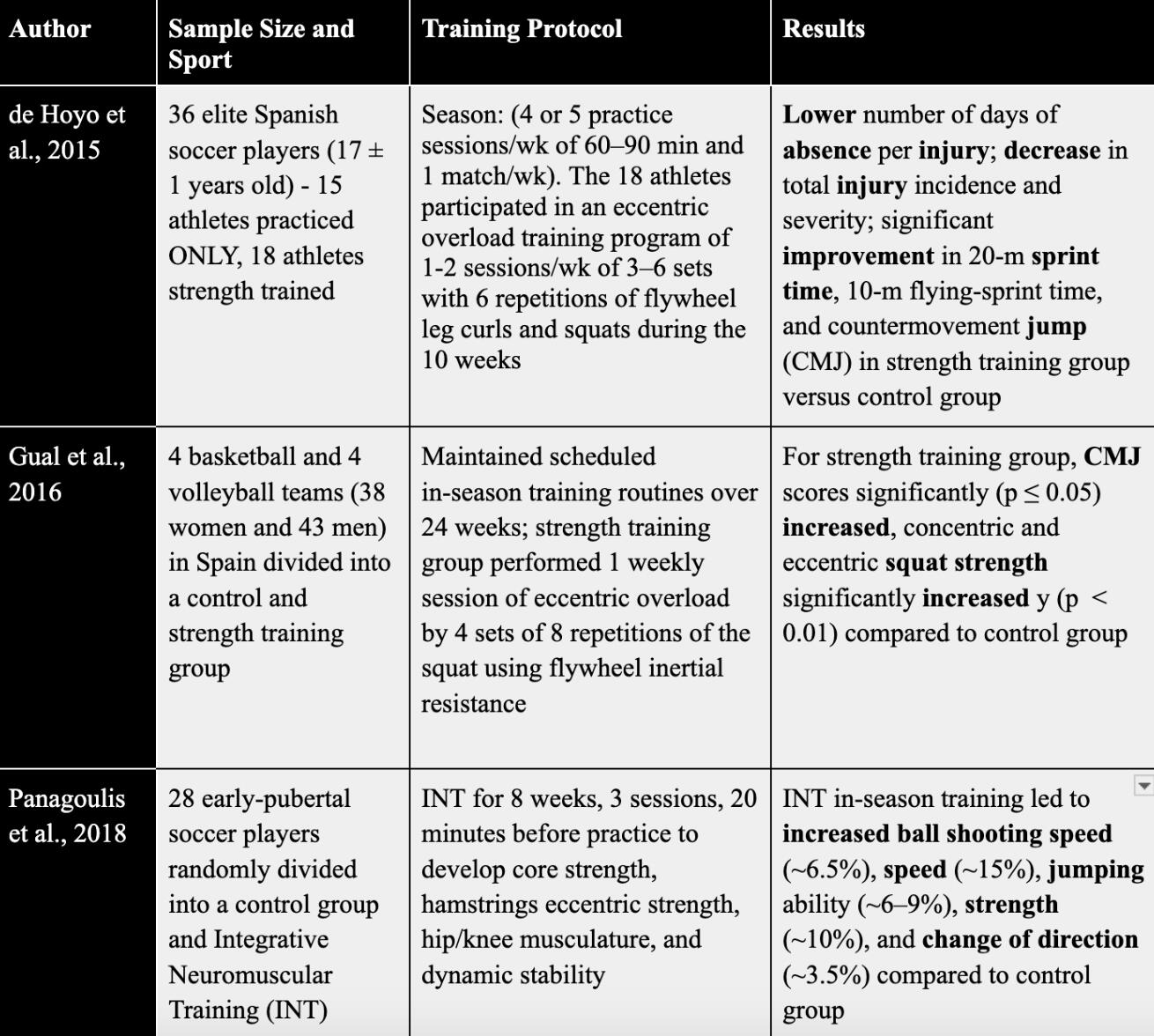
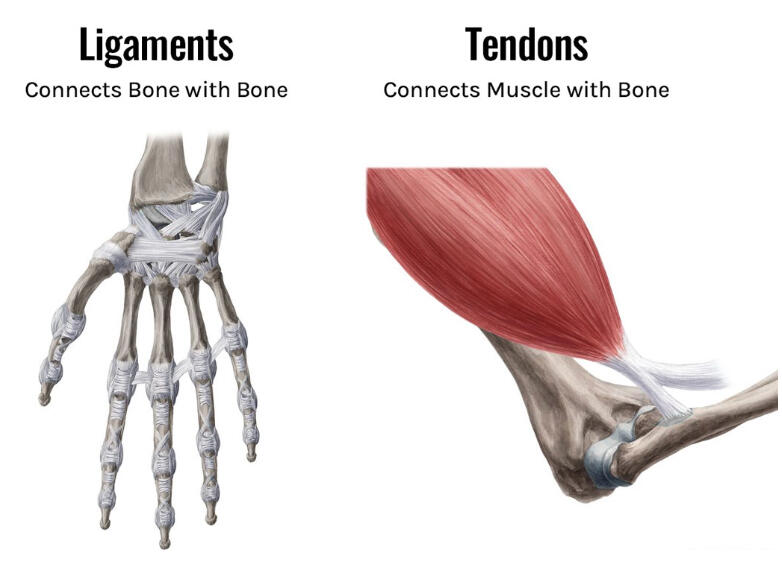
Strength training not only trains the muscles involved, but also the connective tissues (bones, ligaments, tendons). Ligaments connect bones to bones, and tendons connect muscles to bones. All four tissues are commonly injured during the high demand placed on them in sport activities; the frequency and location of each will depend on the specific demands of each individual sport.A study featuring 30 young elite female soccer athletes in Africa, half of which at random participated in a 12 week in-season progressive strength training protocol 2 x / week. Non-contact injuries (13 total) during the season were significantly lower in the 15 athletes that strength trained (2 injuries) versus the 15 athletes that just participated in the traditional soccer training program (11 injuries). No muscle injuries and 2 ligamentous injuries occurred in those that strength trained, and 2 muscle injuries and 8 ligamentous injuries occurred in those athletes that did not (Darragi et al., 2024).
Lastly, training the ability of the muscle to eccentrically contract will be crucial for athletes during their season. An eccentric muscle contraction features the involved muscle lengthening while under tension or think of it in terms of applying the breaks and absorbing all the force generated prior to a cut or deceleration. A systematic review titled “Activity Demands During Multi-Directional Team Sports” by Taylor et al., 2017 found that “multidirectional sport athletes change activity 500–3000 times over the course of a competition, or approximately once every 2–4 seconds.” The time to transition from one activity to the next requires the ability to accelerate and decelerate, leading to a “higher risk of injury because of the high eccentric demands placed on the lower extremity” (Taylor et al., 2017).
